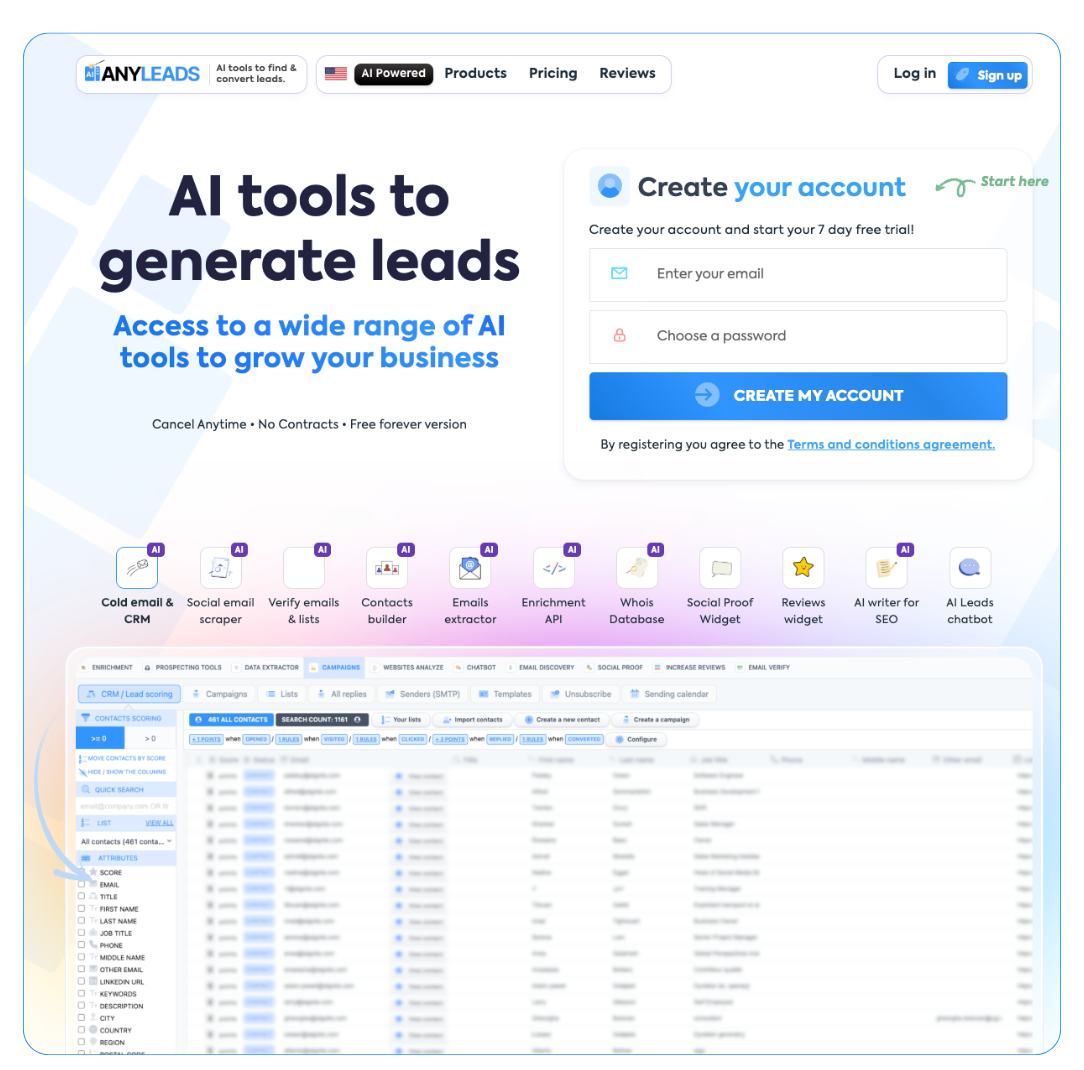 LIMITED SPOTS
All plans are 30% OFF for the first month! with the code WELCOME303
LIMITED SPOTS
All plans are 30% OFF for the first month! with the code WELCOME303

 LIMITED SPOTS
All plans are 30% OFF for the first month! with the code WELCOME303
LIMITED SPOTS
All plans are 30% OFF for the first month! with the code WELCOME303


6 Dev Tools That Save Time, Reduce Bugs, and Boost Productivity
Software development isn’t just about writing code anymore. Teams juggling multiple integrations often find that investing in proper API development streamlines communication between systems and reduces technical debt. You’re expected to push features fast—but also keep everything secure, clean, and stable. That’s a tough ask when workflows are disjointed or tools just add more noise.
Here’s the thing. It’s not that you need more tools. You just need the right ones. The kind that actually helps you ship faster, squash bugs sooner, and breathe easier through production.
The list below focuses on tools that solve real problems—not flashy names, but practical solutions you’ll feel every day in your workflow.
Version control isn’t optional; it is your safety net. So, there are various tools you can use to organize. For example, tools like Git (via GitHub, GitLab, or Bitbucket) help you keep your project from spinning into confusion. You can easily track every change, revisit past versions, and avoid the dreaded "overwrite someone’s work by accident" scenario using these tools.
Branching gives you flexibility. You can test a new idea without wrecking the main codebase. And if something breaks? Rollback is just a few commands away. It’s peace of mind built into your workflow.
Authentication eats up more time than most devs like to admit. It is complex, repetitive, and easy to mess up. But skipping security isn't an option either.
That is why open-source auth solutions are becoming essential. A solid open source auth provider saves you hours while still giving you full control. For example, SuperTokens lets you build your own auth system without starting from scratch. It comes with helpful components like the SuperTokens SDK and SuperTokens API, which can be used flexibly across stacks.
In simple words, using the Authentication tool makes sure you are not boxed into someone else’s infrastructure, and you still skip the boilerplate. Less friction, fewer bugs, and more time for features that actually set your product apart.


Bugs in production are inevitable. But silence after deployment? That’s dangerous. You can’t fix what you don’t know is broken.
Tools like Sentry, Raygun, Rollbar, New Relic (or its alternatives) give you real-time error tracking. You get alerts when something crashes, and most tools will even point to the exact line of code. That kind of visibility changes how fast you recover—and how confident you feel shipping updates.
Instead of poring through logs, you get actionable insights right away. That means faster fixes, happier users, and fewer late-night fire drills.
Sometimes your code works perfectly on your laptop but breaks the moment it hits staging. That’s usually because your environment doesn’t match what others are using. This is where containerization helps.
It creates a fixed setup—same software, same conditions—no matter where the code runs. With containers, every team member can develop and test in a predictable environment.
Docker and Kubernetes are common ways to do this. They package your app and its settings together, so you don’t worry about “missing dependencies” or system errors. You save time, avoid frustrating handovers, and stop arguing about what went wrong. Everything just runs the same—on any machine, in any location, every single time.
Nobody loves writing documentation. But everyone loves finding it when they need it. And bad documentation? That slows everything down.
That’s why tools like Documentation.AI, Docusaurus, Swagger (OpenAPI), and Notion work so well. They help you document once, then keep things readable and up to date without much hassle.
Documentation AI takes it a step further — it’s an AI-powered documentation platform that automatically structures, updates, and syncs your technical docs. With built-in support for API documentation, llms.txt, and embedded AI assistants, it turns static pages into living, searchable knowledge hubs for both humans and AI tools.
That’s why tools like Docusaurus, Swagger (OpenAPI), and Notion work so well. They help you document once, then keep things readable and up-to-date without much hassle. Swagger, in particular, makes API documentation almost automatic if you’re already using OpenAPI standards.
When docs are easy to maintain, you’re more likely to actually maintain them. And that makes onboarding smoother, updates faster, and team-wide understanding more reliable.


Managing dev work shouldn’t feel like extra work. A good task tool helps you move forward, not slow you down. Whether you use Linear, ClickUp, or something else, the goal is the same: track progress, clear roadblocks, and stay focused.
Linear keeps things simple and fast. ClickUp lets you customize without overwhelming the team. But it’s not about features—it’s about fit. The right tool blends into your workflow so you can spend less time managing tasks and more time building.
When your project board works with you, everything runs a little smoother, and that makes a big difference.
There are hundreds of developer tools out there. You’ve probably tried dozens. But more isn’t better. Better is better. Look at where your process slows down. Fortunately, there is a tool that fixes that and saves your team real time.
Smart tools don’t just save you from mistakes. They help you build better things with less stress. Start with one. Feel the difference. Then scale the habits that actually help.